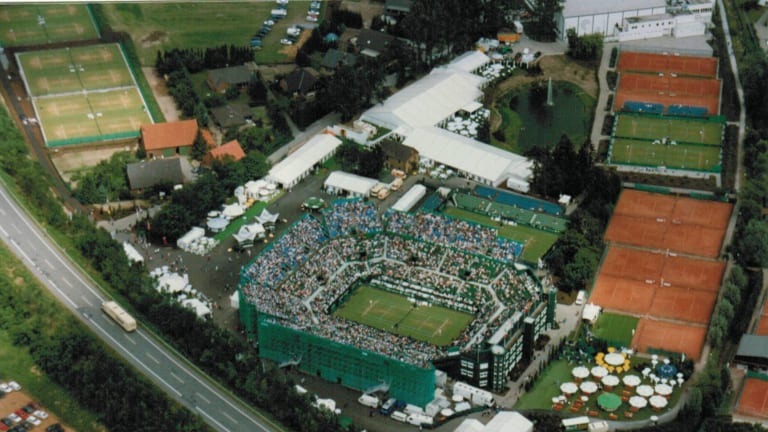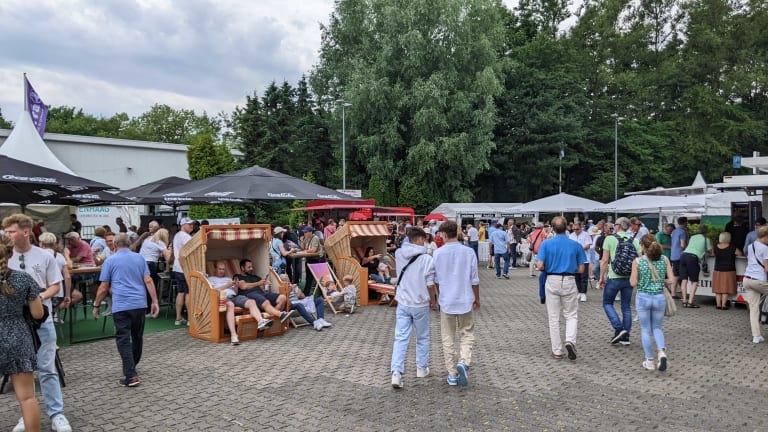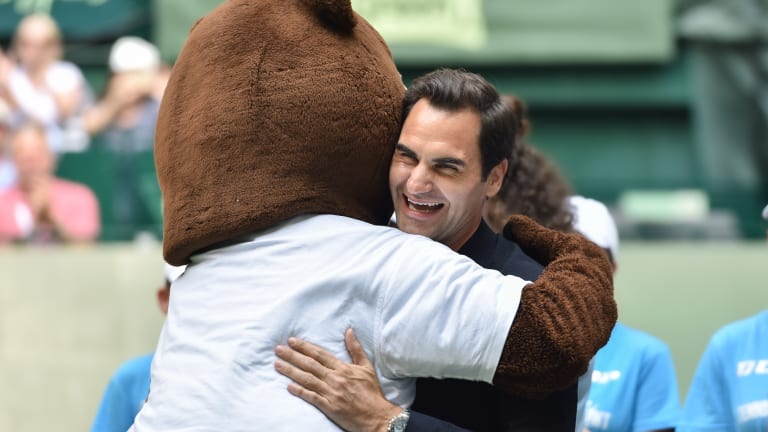Tennis.com Interview
An ATP tennis destination like no other: Halle celebrates 30 years and 3 million patrons
By Jun 23, 2023Tennis.com Interview
Jan-Lennard Struff sees Munich title defense bid as 'perfect opportunity' to turn 2025 around
By Apr 14, 2025Tennis.com Interview
Lorenzo Musetti manifested his 'special' week in Monte Carlo with first Masters 1000 final
By Apr 12, 2025Tennis.com Interview
No logic, just a feeling: Andrey Rublev "always knew" he wanted to work with Marat Safin
By Apr 07, 2025Tennis.com Interview
Brad Gilbert, Patrick McEnroe weigh in on U.S. men's tennis evolution
By Apr 05, 2025Tennis.com Interview
Patrick McEnroe decries Jannik Sinner suspension, tags Joao Fonseca as future star
By Apr 04, 2025Tennis.com Interview
On chicken farm, Danielle Collins embraces “crunchy granola lifestyle”
By Apr 03, 2025Tennis.com Interview
Feeling like a teenager, Alizé Cornet, 35, makes triumphant comeback from retirement
By Apr 02, 2025Tennis.com Interview
Danielle Collins launches iconic richsport merch collab
By Mar 07, 2025Tennis.com Interview
Zizou Bergs: From TikTok to Top 50 in Indian Wells?
By Mar 06, 2025Tennis.com Interview
An ATP tennis destination like no other: Halle celebrates 30 years and 3 million patrons
Nestled in the charming countryside of northwest Germany, the innovative grass-court tournament adored by players and fans alike has achieved three decades of excellence.
Published Jun 23, 2023
Advertising
Advertising

An aerial view of the inaugural ATP Halle event.
© TERRA WORTMANN OPEN
Advertising

Henri Leconte holds the distinction as Halle's first singles champion after defeating Andrei Medvedev in the 1993 final.
© TERRA WORTMANN OPEN
Advertising

There's something for everyone on the grounds.
© Matt Fitzgerald
Advertising
Advertising

Federer hugs mascot Gerry Berry after being introduced Wednesday.
© Matt Fitzgerald